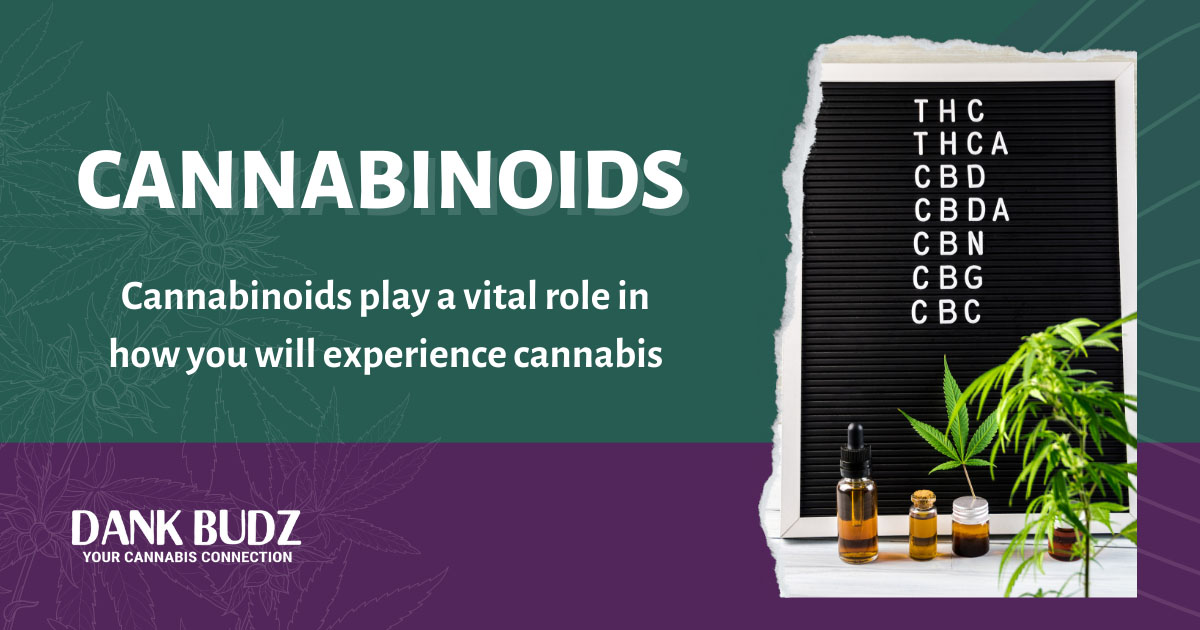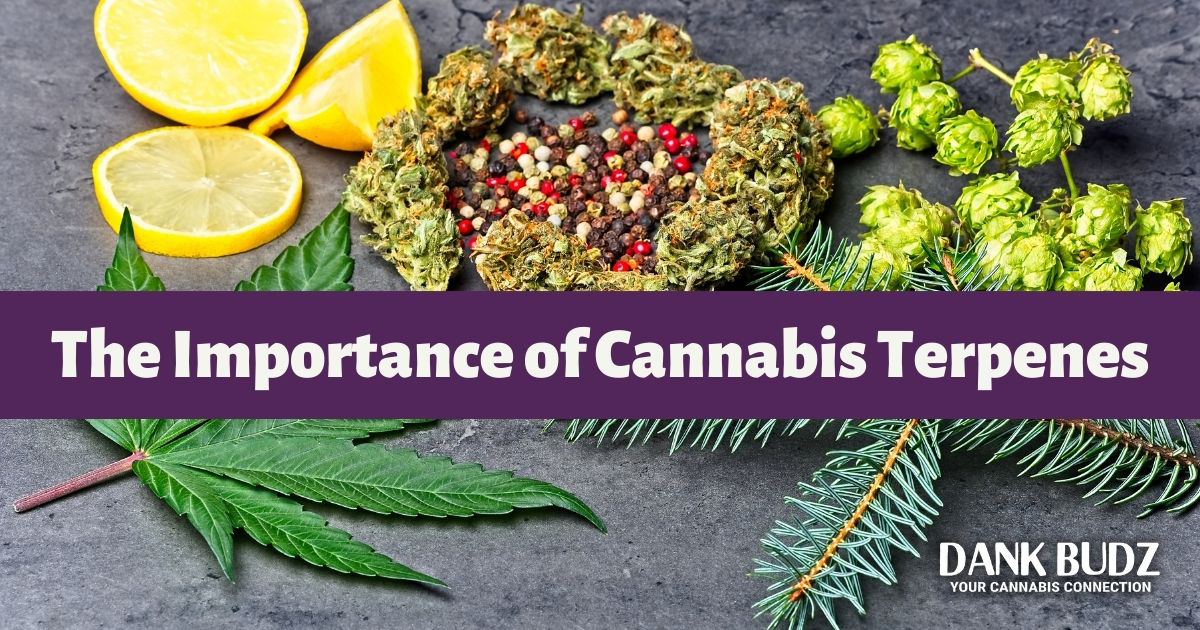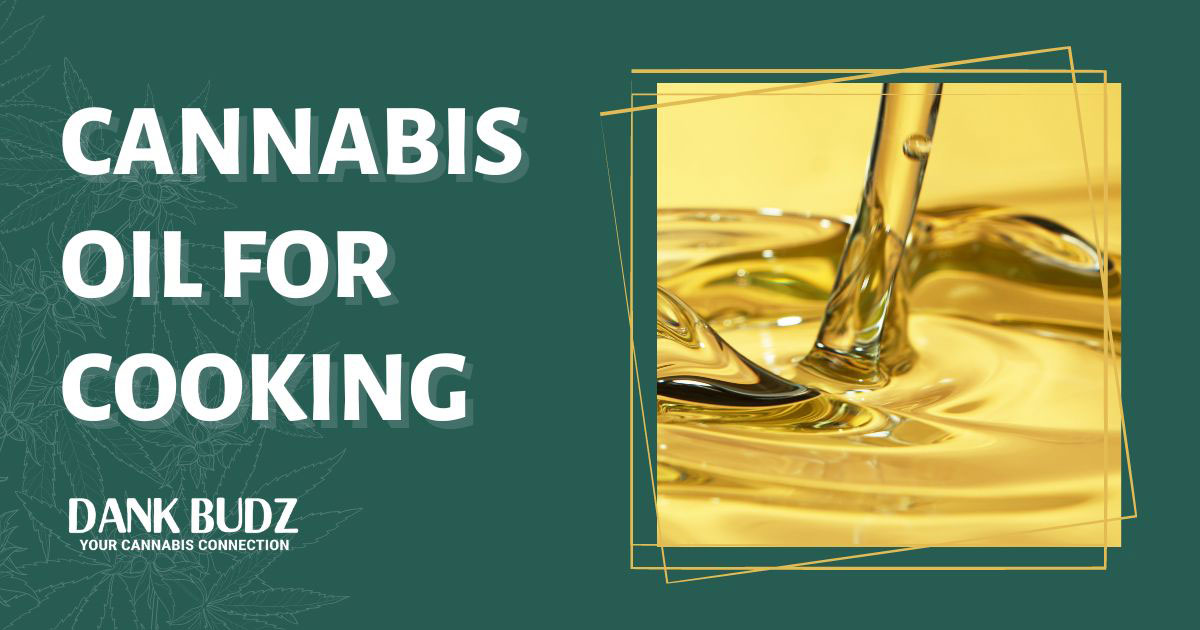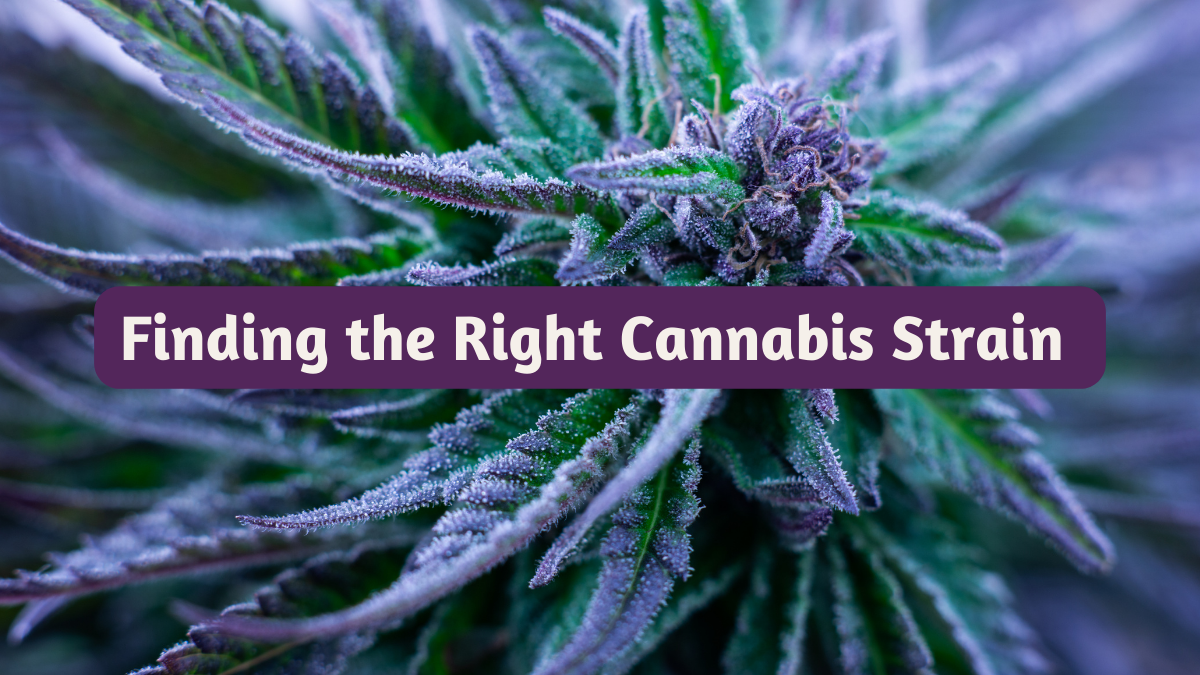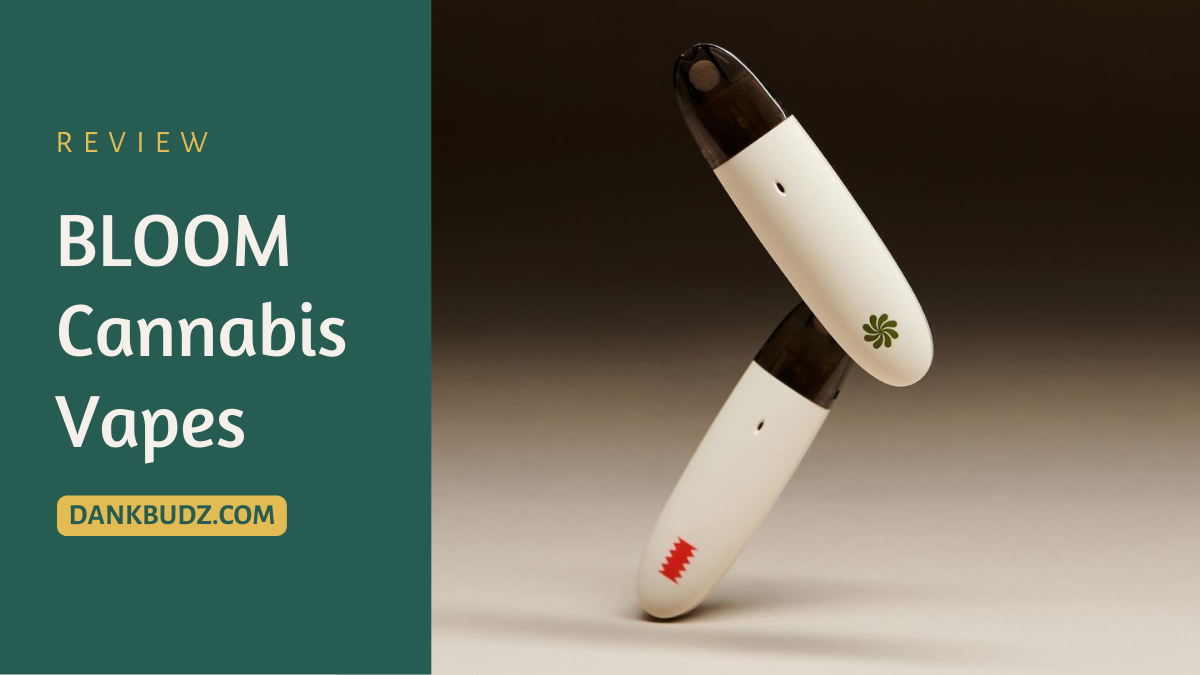
If you enjoy cannabis, you already know a bit about its wondrous effects on the body and the mind. However, because it’s been illegal and stigmatized for so many years in the US you have most likely also heard rumors about the potential negative effects of the plant. There is also much speculation about how cannabis compounds interact with bodily systems.
For example, people may ask these questions:
- Is cannabis addictive?
- Can cannabis hurt you?
- Is cannabis a “gateway” drug?
Fortunately, although there are many things we still need to learn about cannabis, there is plenty of scientific data to help answer these questions and more. We’ve rounded up some of the most credible and relevant studies on cannabis to help you better understand the science behind our favorite plant!
What Makes Cannabis Effective: Understanding Cannabinoids

Cannabis consists of more than one hundred cannabis compounds, the best-known of which are called cannabinoids. Cannabinoids are specially shaped and can interact directly with the body’s endocannabinoid system, a set of receptors designed to bind with cannabinoids and release other bodily chemicals. These chemical messages can influence a wide range of bodily and brain functions, including sleep, stress response, pain, appetite, and more.
The most important cannabinoids are THC and CBD, though CBC, CBN, CBG, and others can also influence the way cannabis affects you.
Delta-9 Tetrahydrocannabinol (THC)
More affectionately known as THC, delta-9 tetrahydrocannabinol is the compound in cannabis that is best known for causing the plant’s psychoactive effects on your body. Whether you smoke dried cannabis flower, take a bite of a cannabis-infused edible, inhale cannabis vapor, ingest an oral cannabis product, or place cannabis tincture or dissolvable tablets under your tongue, its chemical compounds are absorbed into the blood (more on this later). Then, the THC and other cannabinoids take a ride through your bloodstream and into your brain.
Once in your brain, THC chemically binds with CB1 endocannabinoid receptors in the brain, as well as CB2 receptors in the body’s peripheral systems. This can disinhibit (increase) dopamine signaling, which can activate the brain’s reward system. CB1 receptors also modulate mood, consciousness, memory, motor skills, and more, which is what leads to many of the euphoric and other effects on the body and mind.
For example, THC may:
- Make you feel temporarily euphoric
- Increase your appetite
- Help you sleep
- Minimize your muscle spasms
- Change your perception of time
- Impair your memory for a short period of time
- Heighten your senses, causing more vivid perceptions of color and intense taste and smell.
Cannabidiol
You have likely heard of cannabidiol, better known as CBD. This was the first cannabinoid that was ever discovered, but it does not actually produce a “high” the way that THC does. Instead, CBD appears to interact with your body’s endocannabinoid system (ECS) by preventing other compounds from binding as strongly to the receptors.
Your ECS is critical for regulating all kinds of processes within your body, including your:
- Appetite
- Sleeping
- Mood
- Metabolism
- Pain
Within your ECS, there are CB2 receptors found in immune cells and other peripheral systems. CBD appears to activate these cells and, as a response, can potentially produce therapeutic effects on your body, like:
- Managing your pain
- Addressing inflammation
- Reducing your nausea
- Managing some symptoms of Parkinson’s disease
- Lowering your anxiety levels
Other Cannabinoids
While THC and CBD get the most clout these days, there is a long list of other cannabinoid compounds that are important to be familiar with so you know what you are consuming. The more you understand about cannabis cannabinoids, the more you will know about how cannabis can affect your body and your mindset. This can help set your expectations for your experiences with certain types of cannabis while letting you sort out fact from fiction in public rhetoric on the topic.
For instance, cannabichromene (CBC) is another one of the many important cannabis chemicals.
It is lower in concentration than CBD, but it is also a compound that does not produce a high and can have health benefits, like:
- Reducing physical pain
- Alleviating skin conditions like acne
- Addressing inflammation
Cannabigerol (CBG) is another useful cannabinoid and is known as the “mother of all cannabinoids” because a form of CBG (CBGa) is the precursor to THC, CBD, and more. It can interact with both CB1 and CB2 receptors to a lesser degree than other cannabinoids. As a result, it has no psychoactive effects. However, it may help with some of the same therapeutic effects as CBD and appears to have a more cerebral effect.
Cannabinol, or CBN, shares a relationship with THC much like CBG shares one with CBD. Their effects are very similar, as THC is the precursor to CBN. However, it appears that CBN has very limited psychoactive properties unless taken in large doses. Currently, users report positive effects on pain relief, sleep, and neuroprotective properties.
Terpenes
There are other important cannabis compounds found naturally in cannabis plants besides cannabinoids. The most prevalent are terpenes. These aromatic, oily compounds make up the primary component of essential oils, which is no surprise because they are what give fruits, flowers, and herbs their signature aromas. Researchers have identified over 400 terpenes in cannabis, though only a small percentage of these have been studied enough to reveal specific benefits. Terpenes can also interact with the endocannabinoid system to provide pain relief, relaxation, antimicrobial and immune benefits, among others.
The Entourage Effect

Maybe you’ve heard of the entourage effect – that synergistic interaction between cannabis compounds like cannabinoids and terpenes that is the holy grail of cannabis use. Put another way, it is believed that when THC, CBD, CBG, CBN, and other cannabinoids work together with terpenes and other compounds like flavonoids, they can modulate one another. This enhances the way they affect the endocannabinoid system and provides a more well-rounded experience than any one compound would on its own.
In other words, it is this synergy that allows cannabis to have the ultimate impact on your brain and body, whether your goal is euphoria, pain management, sleep, mood, or something else.
Different Ways of Consuming Cannabis and Their Effects
The world of cannabis products seems to be endlessly expanding. While you might still love the traditional ways of consuming cannabis, like smoking and consuming edibles, there are more options than you might realize that let you enjoy the effects of this one-of-a-kind plant. But, it’s important to recognize that the way you consume cannabis – and the chemical interactions it causes – can make a difference in the onset time, duration, potency, and type of effects.
Smoking
One of the most traditional ways to consume cannabis is by smoking it. Many people grind dried, cured cannabis flower and roll it into a smokable joint or blunt, while others enjoy smoking it through a pipe, bong, or one-hitter. No matter how you choose to smoke, burning cannabis flower begins a chemical process known as “decarboxylating” the cannabinoid precursors contained in the cannabis flower. For example, when THC-a undergoes combustion, the chemical reaction causes it to lose a chemical group known as a carboxyl group, creating carbon dioxide and activated THC.
Inhaling the resulting smoke causes it to rush into the nasal cavity as well as the lungs, which are permeable membranes that feed directly into the bloodstream. THC and other cannabis compounds enter the bloodstream almost instantly with each inhale. This means the time from inhaling to the effects caused when the cannabinoids reach CB1 and CB2 receptors is very short – as little as several seconds to a few minutes and plateauing between 15-30 minutes later. You can expect to experience the effects as cannabinoid concentrations in the blood diminish and dissipate into fatty tissue for as long as three hours.
Cannabis Vapes
Vaping is extremely popular lately and a highly debated topic in the news media. When you vape using a standard vape pen, an internal, battery-operated heating element heats a cartridge of cannabis concentrate, vaporizing the concentrate and activating the compounds. You’ll inhale the resulting vapor into your lungs, and, as with smoking, you will feel the effects of the cannabis quite quickly. You can also vaporize dried cannabis flower with a special type of vape device.
Vaping can also be more discreet than smoking, though not as much so as other cannabis products such as edibles, topicals, tinctures, and oral products.
Cannabis Concentration
This is perhaps the most wide-ranging cannabis product subtype. Cannabis concentrates are created by extracting the oils and resins from the cannabis plant. This can be done in many ways, typically by using solvents like alcohol or butane or a solvent-free process involving ice water, heat, pressure, or a combination of the three. In general, all these processes strip the resinous trichome glands away from the cannabis bud to gather the cannabinoids and terpenes there.
The thick, sticky concentrate created can be further refined and manipulated to make a number of concentrate subtypes with a variety of different textures. Oils and thinner concentrates can often be vaped or used to create tinctures or edibles. Thicker concentrates can be heated, melted, whipped, and much more to create interesting consistencies with varying degrees of potency and terpene content.
The most common way to use cannabis concentrates is by dabbing, which involves a rig that looks much like a traditional water pipe. Instead of a bowl, however, the rig contains a similarly-shaped object with a flat surface, known as a nail. To dab, you heat the nail with a torch, then apply a “dab” of concentrate; when the concentrate instantly vaporizes, you simply inhale the resulting vapor. Concentrates can be remarkably potent, and dabbing them can introduce the cannabinoids into your bloodstream just as quickly as using a vape pen.
Keep in mind that you can also apply concentrates to bowls and joints. Some people also mix them into food and drink.
Edibles
If you prefer to snack your way to get high, you will probably enjoy indulging in edible forms of cannabis. You can find a wide array of foods infused with cannabis, such as brownies, cookies, chocolates, candies, and gummies with all sorts of sweet and sour flavors. Most cannabis baked goods are made by decarboxylating cannabis flower and then infusing butter with the resulting plant matter, while many gummies, drinks, and other products are made with the help of cannabis concentrates. You can even purchase your own cannabis tincture and add it directly to your favorite food or beverage.
No matter how they’re made, cannabis edibles must be swallowed, digested, and metabolized before cannabinoids and terpenes reach the bloodstream and are distributed to the ECS. This is a process that can take up to two hours to complete. In addition, when delta-9 THC is metabolized in the body after consumption, it is gradually converted into another psychoactive compound known as 11-hydroxy THC. Since both delta-9 and 11-hydroxy THC are present in your system for extended periods, a high from metabolized THC can feel stronger and last longer than a high achieved by smoking or vaping.
Other Oral Cannabis Products
Oral cannabis products are wide-ranging and can include such diverse options as cannabis sprays, inhalers, capsules, syringes, and pills. Like edibles, products like capsules and syringes filled with cannabis oil must be swallowed, digested, and metabolized before the cannabinoids take effect. Inhalers are more akin to vapes in that they are inhaled into the lungs, where they can quickly reach the bloodstream.
Tinctures and Other Sublinguals
Another way to orally consume your cannabis is through a tincture, which is a liquid cannabis concentrate typically made by infusing alcohol or oil with cannabis. While you can swallow tincture, most people choose to dispense a few drops under the tongue, putting the cannabinoids in direct contact with the mucus membrane and its rich network of capillaries. The cannabinoids are able to reach the bloodstream very quickly, meaning you can feel its effects within a few minutes.
Topicals
You can also use cannabis on your skin. Topical products infused with cannabinoids are becoming increasingly popular, especially bath and skincare products like lotions, salves, creams, and bath soaks. However, since cannabinoids are fat-soluble compounds, they cannot soak through all layers of the skin and pass into the bloodstream. As a result, while they will not leave you with the full-body psychoactive or pain-relieving effects that you will encounter when other cannabis products hit your bloodstream, topicals can provide local relief of skin disorders, pain, or inflammation.
It’s important to note that one specialty topical product, cannabis transdermal patches, can have full-body effects. The cannabinoids in these patches are encapsulated in fat-based nanoparticles so they can be absorbed through all layers of the skin and into the bloodstream. The cannabinoids can then circulate throughout the body and interact with the ECS.
Potential Health Benefits of Cannabis Use

As more evidence emerges about the cannabis plant’s health benefits and very little about any potential negative side effects, we are seeing an increase in decriminalization and increased access to cannabis products for both medical and recreational use.
Research shows that cannabis can help with all sorts of common medical conditions, including the following.
Managing Your Pain
If you are struggling with physical pain, you might benefit from trying out cannabis products. When cannabinoids like CBD activate the CB2 receptors in your immune system, they can reduce inflammation and, as a result, reduce your pain. Cannabinoids may also help relax your muscles and, depending on the cause of your pain, reduce tension and aches.
Impact Your Appetite
Cannabinoids like THC may also have the power to stimulate your appetite. If you have been struggling with feeling hungry as a result of certain medical treatments like chemotherapy, cannabis use may help you feel the desire to eat food. On the other hand, some cannabinoids, such as tetrahydrocannabivarin (THCV), can decrease your appetite and help extend the amount of time you feel satiated from a meal. It is important to know which cannabinoids are prevalent in the strain you are using so you can anticipate the type of reaction that you might experience.
Helping You Sleep
As it helps you reduce your anxiety and relax, low doses of THC and CBD might be able to help you fall asleep more quickly and sleep more soundly. It can be hard to shut your brain off at the end of the day and rest, and this can be even harder if you have anxiety. If you try using cannabis products before you go to sleep, you might find that you have an easier time destressing, which can help you get quality rest. As mentioned above, CBN shows promise as a sleep aid.
Addressing Anxiety
If you have anxiety, you know that it can impact your daily life. In some cases, cannabis products may be able to help you alleviate your anxiety. For instance, studies show that THC in small doses can provide a pleasant, relaxed, and euphoric feeling that may help reduce anxiety. CBD in all doses was demonstrated to help reduce stress and improve relaxation.
Addressing Neurological Disorders
Researchers are still pursuing effective treatments for neurological disorders like Alzheimer’s disorder and Parkinson’s disorder. It appears some people may benefit from using cannabis products to relieve neurological symptoms. For example, CBD may help reduce inflammation and excitotoxicity, which are factors that can contribute to the progression of Alzheimer’s disease. CBD has also famously been used to help reduce seizures in certain forms of epilepsy.
Lowering Your Blood Pressure
Recent studies also suggest that CBD has the ability to reduce your blood pressure. This is especially the case for CBD in oil form, as this has the highest absorption rate. Some researchers suspect that this effect is in part due to the way CBD helps to reduce anxiety, but it may also help reduce blood vessel resistance and improve cardiac performance.
Cannabis: A Small but Mighty Plant

Overall, it is obvious that cannabis is no simple plant. Packed full of some of nature’s most beneficial chemical compounds and a promising range of impacts on how we perceive pain, sleep, and even our feelings, this is one powerful plant.
See why we love cannabis so much?
As research increasingly supports the idea that cannabis can have positive impacts on your health, you may want to try some cannabis products and explore which ones are right for you. Or, start with the non-psychoactive compound CBD, like our premium CBD product line. Either way, educating yourself on how the product you choose to consume should affect you and setting your expectations accordingly will help you have an enjoyable therapeutic or recreational experience.
Resources:
- Russo, E. B. (2021). Taming THC: potential cannabis synergy and phytocannabinoid-terpenoid entourage effects. British Journal of Pharmacology, 163(7), 1344–1364. Retrieved December 18, 2023, from https://bpspubs.onlinelibrary.wiley.com/doi/full/10.1111/bph.14815
- Ben-Shabat, S., Yarmolinsky, L., Porat-Kuperstein, L., & Hanuš, L. O. (2022). Cannabis Terpenes and Their Therapeutic Applications: A Systematic Review. Evidence-Based Complementary and Alternative Medicine, 2022, 3336516. Retrieved December 18, 2023, from https://www.hindawi.com/journals/ecam/2022/3336516/
- Booth, J. K., Bohlmann, J., & Page, J. E. (2017). Terpene synthases from Cannabis sativa. PLoS ONE, 12(3), e0173911. Retrieved December 18, 2023, from https://pubmed.ncbi.nlm.nih.gov/28628750/
- Hazekamp, A., Tejkalová, K., & Papadimitriou, S. (2020). Cannabis: From Cultivar to Chemovar II—A Metabolomics Approach to Cannabis Classification. Cannabis and Cannabinoid Research, 1(1), 202–215. Retrieved December 18, 2023, from https://www.ncbi.nlm.nih.gov/pmc/articles/PMC7763918/
- Maayah, Z. H., Takahara, S., Ferdaoussi, M., & Dyck, J. R. B. (2020). The Anti-Inflammatory and Analgesic Effects of Formulated Full-Spectrum Cannabis Extract in the Treatment of Neuropathic Pain Associated with Multiple Sclerosis. Inflammation Research, 69(6), 549–558. Retrieved December 18, 2023, from https://www.ingentaconnect.com/content/wk/cjpn/2016/00000032/00000012/art00003
- McPartland, J. M., & Russo, E. B. (2001). Cannabis and cannabis extracts: Greater than the sum of their parts? Journal of Cannabis Therapeutics, 1(3-4), 103–132. Retrieved December 18, 2023, from https://www.tandfonline.com/doi/abs/10.1300/J175v01n03_08
- Tognetto, A., Štefančič, M., & Rep, G. (2021). Aromatic profiling of wild and autochthonous Cannabis sativa L. from Slovenia by headspace solid-phase microextraction and gas chromatography–mass spectrometry. Journal of Cannabis Research, 3, 2. Retrieved December 18, 2023, from https://jcannabisresearch.biomedcentral.com/articles/10.1186/s42238-020-00046-0
- Johnson, J. R., Lossignol, D., Burnell-Nugent, M., & Fallon, M. T. (2013). An Open-Label Extension Study to Investigate the Long-Term Safety and Tolerability of THC/CBD Oromucosal Spray and Oromucosal THC Spray in Patients With Terminal Cancer-Related Pain Refractory to Strong Opioid Analgesics. Journal of Pain and Symptom Management, 46(2), 207–218. Retrieved December 18, 2023, from https://www.jpsmjournal.com/article/S0885-3924(12)00413-6/fulltext
